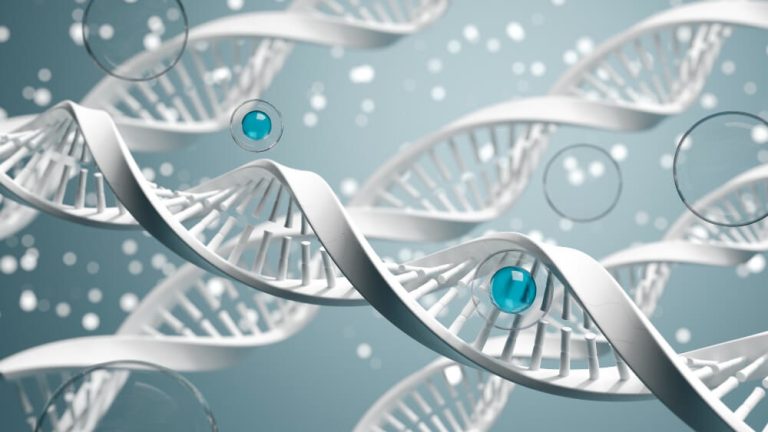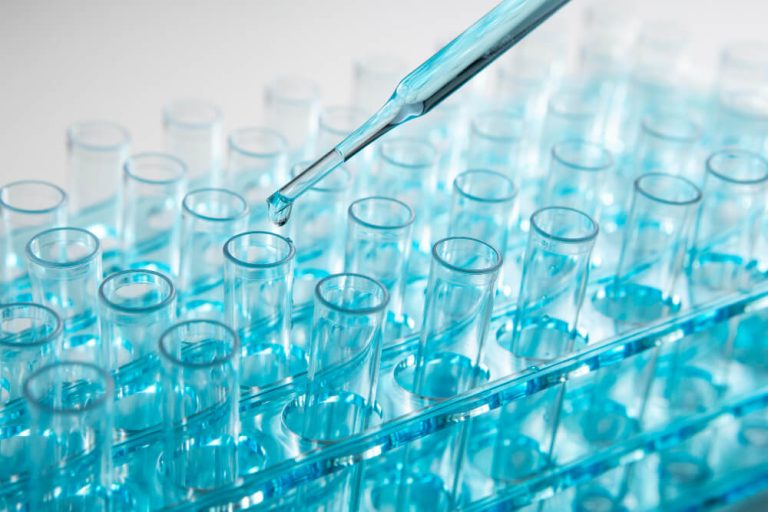Regenerative Medicine: Unlocking Your Body’s Innate Healing Power
Have you ever marveled at how a simple cut on your skin heals itself, leaving little to no trace? Or how a broken bone can mend, becoming as strong as it was before? This remarkable ability is your body’s own form of healing, a complex and beautiful process that we often take for granted. It is this intrinsic power that forms the very foundation of a revolutionary field in healthcare.
This field is dedicated to amplifying your body’s natural repair mechanisms to restore function to damaged tissues and organs. It represents a paradigm shift away from merely managing symptoms towards fostering true, lasting healing from within. This exciting frontier is known as regenerative medicine, and it holds the potential to reshape our approach to injury, disease, and the aging process itself.
The core idea is both simple and profound: instead of introducing external solutions to fix internal problems, we can empower the body to fix itself. By harnessing specific cells, growth factors, and other biological components, practitioners can create an environment where regeneration can overcome degeneration. This approach is changing conversations in clinics and labs around the world.

How Does Regenerative Medicine Actually Work?
To understand this field, you have to think of the body as a self-sustaining ecosystem. When an injury or disease disrupts this ecosystem, the body initiates a cascade of healing responses. Regenerative therapies are designed to support and enhance these responses in a highly targeted way.
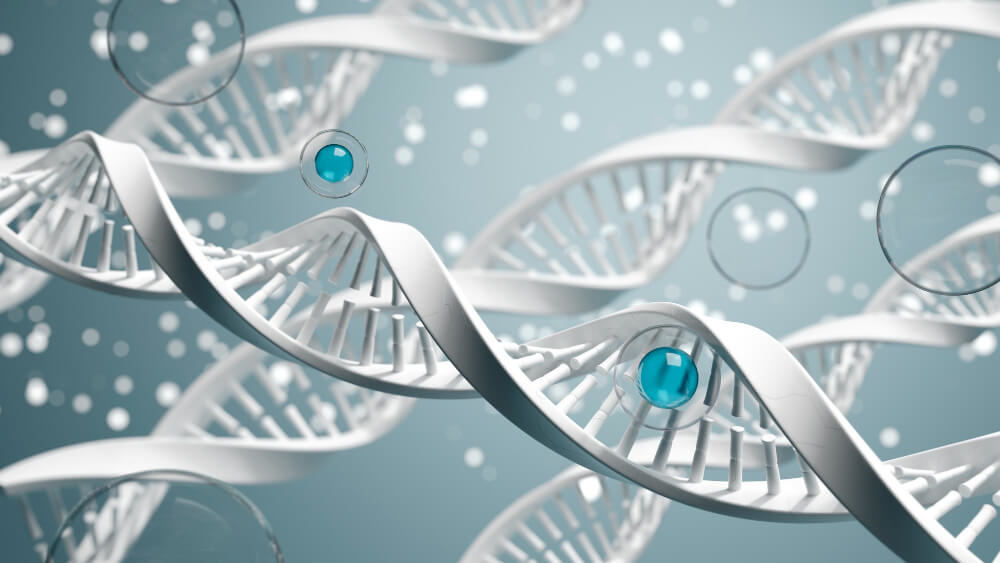
What are the core principles?
The field operates on three main principles: replacement, repair, and regeneration. Replacement involves substituting damaged or diseased cells with healthy new ones. Think of it like carefully patching a damaged structure with new materials that integrate seamlessly.
Repair involves stimulating the body’s own healing mechanisms to fix the damage. This doesn’t necessarily mean growing brand new tissue, but rather helping the existing tissue mend more effectively. It’s about providing the right signals and building blocks for the body’s construction crew.
Regeneration is the most ambitious goal. It aims to prompt the body to regrow entire tissues or even parts of organs, restoring them to their original state. This is the holy grail of the field, moving beyond simple repair to true functional restoration.
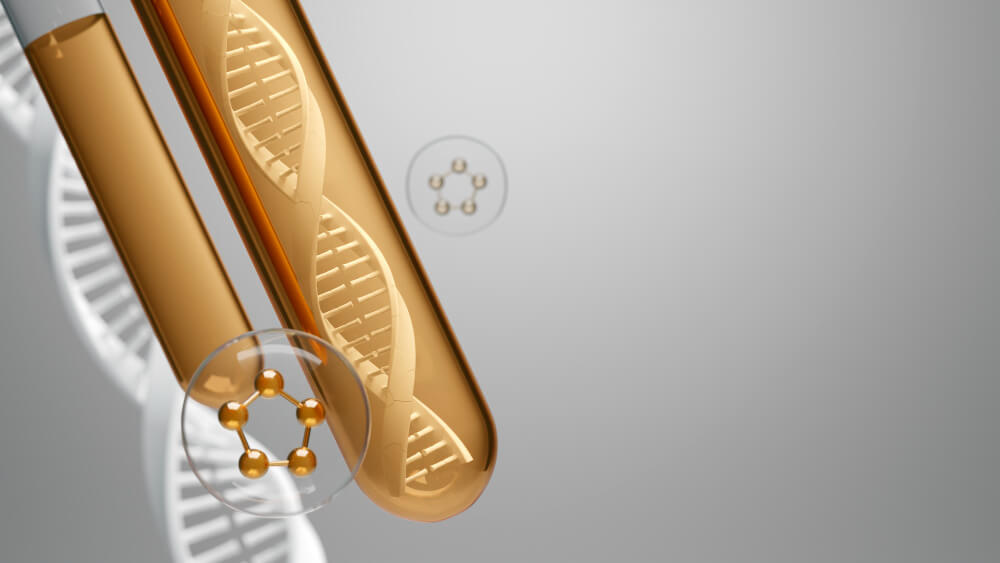
What role do stem cells play?
Stem cells are often the first thing people associate with this field, and for good reason. They are the body’s master cells, possessing the unique ability to develop into many different cell types, from muscle cells to brain cells. They also act as powerful signaling agents, coordinating the repair process.
When introduced to a damaged area, these cells can sense the chemical signals of injury and inflammation. In response, they can differentiate into the needed cell types to replace those that were lost. They also release a host of beneficial molecules, like growth factors and cytokines, that reduce inflammation, protect existing cells, and recruit other native repair cells to the site of injury.
There are various types of stem cells used, with mesenchymal stem cells (MSCs) being among the most common. These are typically sourced from tissues like bone marrow, adipose (fat) tissue, or umbilical cord tissue. Their versatility and safety profile make them a cornerstone of many current therapies.

Is it more than just stem cells?
Absolutely. While stem cells are a critical component, the field is much broader. The signaling molecules they release, known as growth factors and exosomes, are powerful therapeutic agents in their own right. Sometimes, therapies focus on delivering a concentrated dose of these molecules to orchestrate healing without introducing new cells.
Exosomes are tiny vesicles that act like messengers, carrying proteins and genetic information from one cell to another. They are a key way that stem cells communicate and direct the healing process. Therapies using isolated exosomes are gaining significant traction.
Furthermore, the field utilizes biomaterials and tissue engineering. These materials can act as scaffolds, creating a physical structure where new tissue can grow. Imagine a trellis for a vine; these scaffolds guide cells to form the correct shape and structure, whether it’s for cartilage, bone, or skin.

What Are Some Common Regenerative Therapies?
While some applications are highly advanced and experimental, several regenerative therapies have become relatively common in clinical practice, particularly for orthopedic and aesthetic concerns. These treatments are often minimally invasive and leverage the patient’s own biological material.
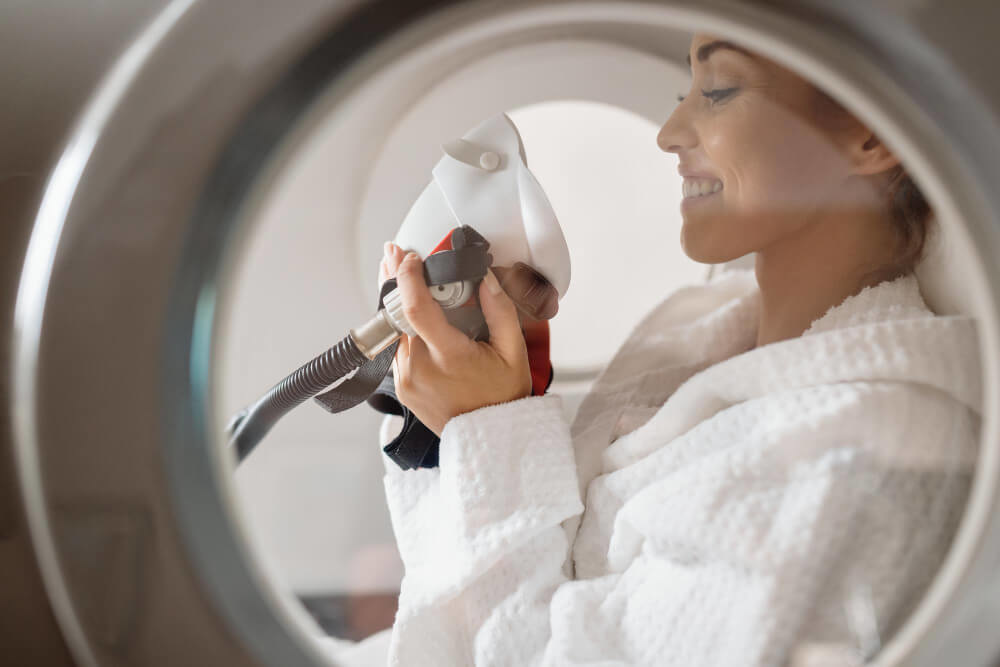
Can you explain Platelet-Rich Plasma (PRP) therapy?
PRP is one of the most well-known regenerative treatments. The process is straightforward. A small amount of the patient’s own blood is drawn, just like for a standard blood test. This blood is then placed in a centrifuge, a machine that spins it at high speed.
This spinning process separates the blood into its different components. The red blood cells are separated from the plasma, which contains a concentrated layer of platelets. Platelets are cell fragments famous for their role in blood clotting, but they are also rich reservoirs of growth factors.
This platelet-rich plasma is then carefully injected back into the patient at the site of injury, such as a sore joint or a damaged tendon. The concentrated growth factors signal the body to initiate a robust healing response, reducing inflammation and promoting tissue repair. It is widely used for conditions like osteoarthritis, tendonitis, and even hair loss.
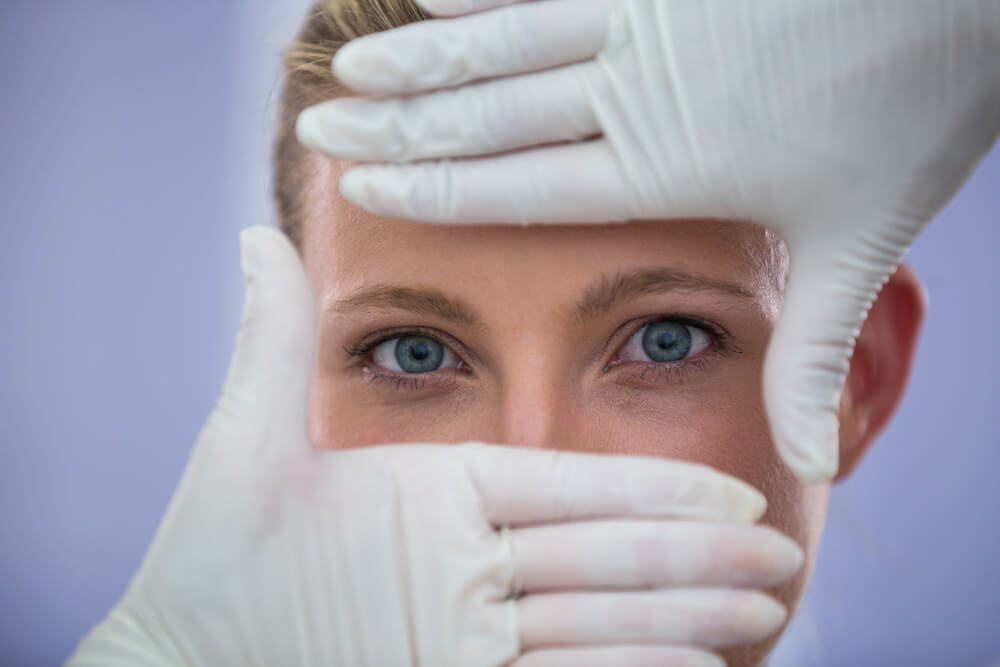
What about Prolotherapy?
Prolotherapy, short for ‘proliferative therapy’, is another established technique, particularly for treating chronic pain related to ligaments and tendons. Its approach is slightly different from PRP. Instead of providing growth factors directly, it stimulates the body to produce its own.
During prolotherapy, a practitioner injects a natural irritant solution, often a dextrose (sugar) solution, into a damaged ligament or tendon. This injection creates a mild, controlled inflammatory response. This might sound counterintuitive, but this localized inflammation is precisely what signals the body’s healing cascade to begin.
The body perceives the injection site as a new injury and rushes growth factors and repair cells to the area. This strengthens and repairs the weakened connective tissues over time, leading to increased stability and reduced pain. It is often used for chronic back pain, joint instability, and sports injuries.

How are stem cell therapies used?
Direct stem cell therapies are at the more advanced end of the spectrum. These treatments involve harvesting stem cells, usually from the patient’s own bone marrow or fat tissue, concentrating them, and then injecting them into the area of need.
In orthopedics, these injections are used to treat more severe joint damage, with the goal of regenerating cartilage and reducing the inflammation that drives osteoarthritis. The powerful anti-inflammatory and signaling properties of stem cells are key to their therapeutic effect.
Beyond orthopedics, stem cell therapies are being investigated for a wide range of conditions, from autoimmune diseases to neurological disorders. The ability of these cells to modulate the immune system and support neural tissue makes them a promising, albeit still largely experimental, avenue of research.

What Conditions Can Regenerative Medicine Potentially Address?
The potential applications of regenerative medicine are vast, spanning numerous medical specialties. While research is ongoing for many complex diseases, its impact is already being felt in several key areas.
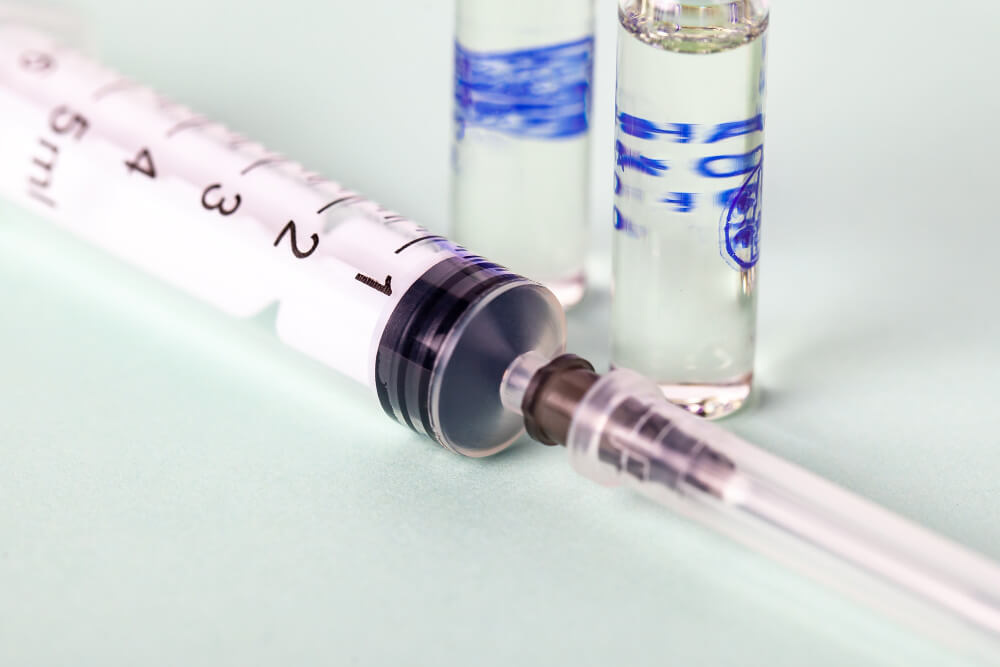
Can it help with joint pain and arthritis?
This is arguably the most common and successful application of regenerative medicine today. Osteoarthritis, the ‘wear-and-tear’ form of arthritis, involves the gradual breakdown of cartilage in joints. Traditional treatments often focus on pain management or, eventually, total joint replacement.
Regenerative approaches like PRP and stem cell injections offer a different path. By introducing growth factors and cells that can reduce inflammation and potentially stimulate cartilage repair, these therapies aim to address the root cause of the pain. Many patients report significant improvements in pain, mobility, and overall joint function, potentially delaying or avoiding the need for major surgery.
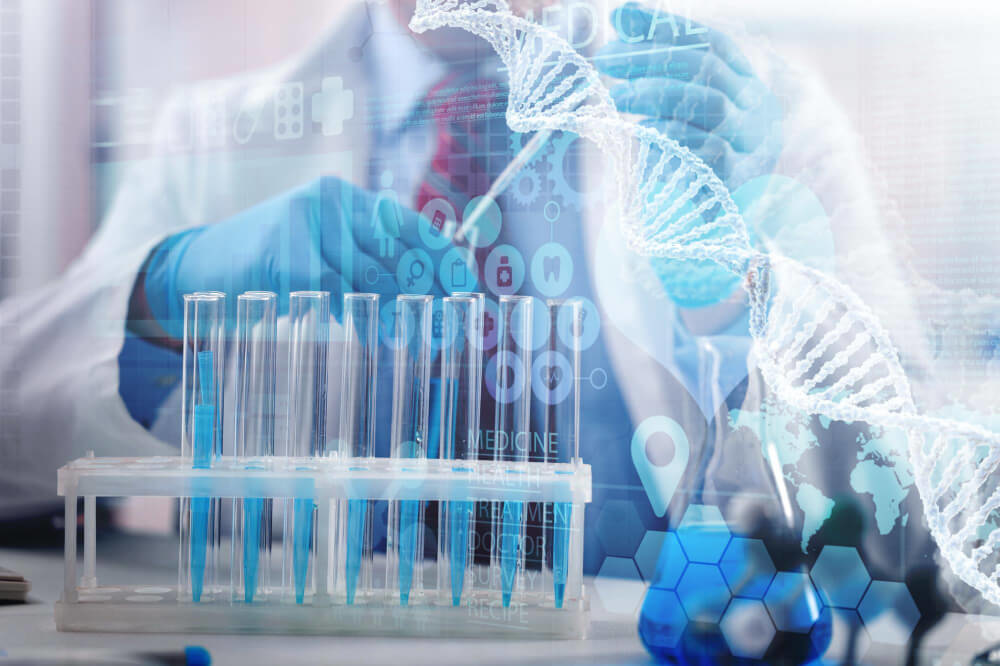
What about sports injuries?
Athletes constantly push their bodies to the limit, making them susceptible to injuries like tendon tears, ligament sprains, and muscle strains. The traditional ‘rest and ice’ approach can lead to long recovery times and a risk of re-injury due to incomplete healing.
Regenerative medicine offers a way to accelerate and improve the quality of this healing. By delivering a concentrated healing signal directly to the injury site, therapies can help athletes recover faster and more completely. This allows for a quicker return to their sport with stronger, more resilient tissue.
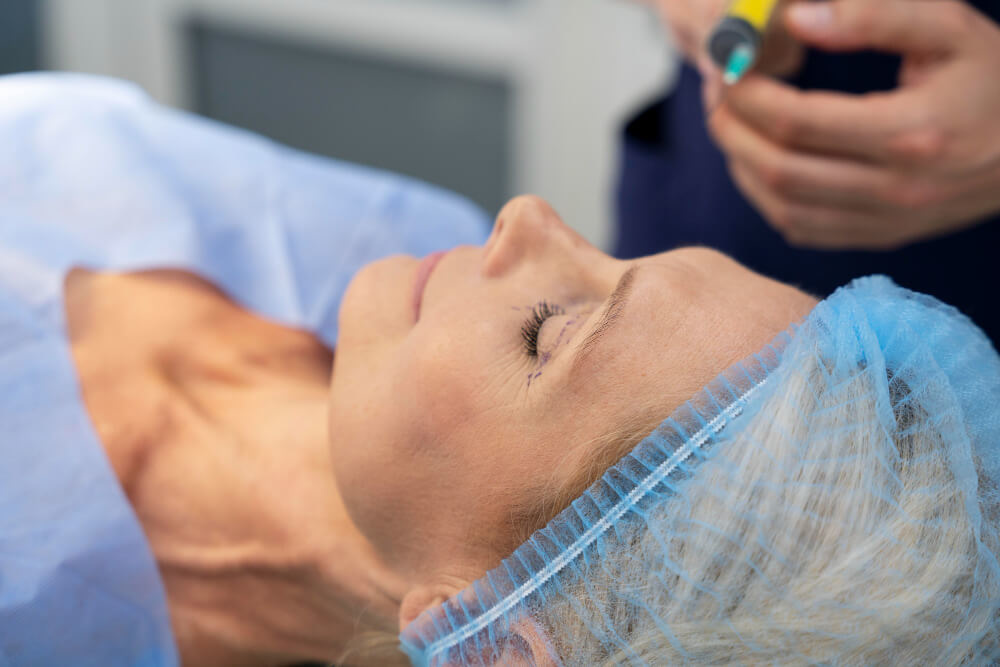
Is there a role in anti-aging and aesthetics?
Yes, the principles of regeneration are also being applied to combat the visible signs of aging. The same processes that repair a damaged tendon can also rejuvenate aging skin. PRP and microneedling, for instance, are used to stimulate collagen production, reduce fine lines, and improve skin texture and tone.
Hair restoration is another popular application. By injecting PRP into the scalp, practitioners can stimulate dormant hair follicles, potentially leading to increased hair thickness and new growth. On a deeper level, research is exploring how regenerative approaches might improve overall vitality and combat age-related decline on a systemic level, a core focus of longevity medicine.

What does the future hold for more complex diseases?
The horizon for regenerative medicine is incredibly exciting. Researchers are working tirelessly to apply these principles to some of the most challenging medical conditions. This includes developing ways to regenerate heart muscle after a heart attack, replace insulin-producing cells in people with type 1 diabetes, and repair damaged neurons in spinal cord injuries or neurodegenerative diseases like Parkinson’s.
While these applications are still primarily in the research and clinical trial phase, the progress is promising. The ultimate vision is a future where we can repair and regenerate organs, effectively curing diseases that are currently only manageable.
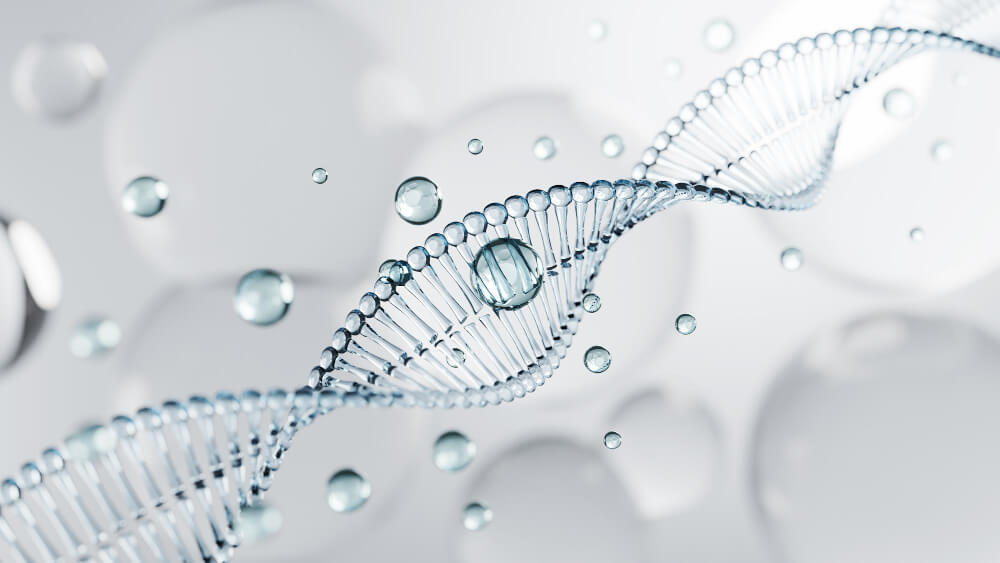
What Should I Consider Before Pursuing Treatment?
As with any medical procedure, it is vital to be a well-informed patient. The field of regenerative medicine is evolving rapidly, and it’s important to approach it with both optimism and a healthy dose of critical thinking.

How do I find a qualified practitioner?
This is the most critical step. The success and safety of a regenerative procedure depend heavily on the skill and knowledge of the person performing it. Look for a licensed medical professional, such as a physician, with specific training and extensive experience in regenerative therapies.
Do not hesitate to ask about their credentials, the number of procedures they have performed, and the specific protocols they use. A reputable clinic will be transparent about their processes, expected outcomes, and the evidence supporting their treatments.

What are the legal and ethical considerations?
This is a complex area. Practitioners and clinics must navigate a landscape of regulations that are still catching up to the science. Clinics must be well-prepared for the unique challenges of this field, which includes understanding the specific liability and insurance considerations that apply.
A crucial part of the process is the conversation between you and your doctor. You should have a clear understanding of what the treatment involves, the potential benefits, the risks, and the alternatives. This conversation is crucial, and it’s why developing strong informed consent best practices is a cornerstone of ethical regenerative care, especially when therapies are not yet standardized or FDA-approved for every use.

Are these treatments approved by the FDA?
The regulatory status of regenerative therapies in the United States is nuanced. Some procedures, like PRP using a patient’s own blood, are generally considered to be the ‘practice of medicine’ and are not directly regulated by the FDA as a drug would be.
However, more complex therapies, especially those involving cells that are significantly manipulated, may fall under stricter FDA oversight. It is important to understand that ‘not FDA-approved’ does not necessarily mean ‘unsafe’, but it does mean that the treatment has not gone through the rigorous, large-scale clinical trials required for formal approval for a specific disease. A good practitioner will explain this distinction clearly.

How is the Field of Regenerative Medicine Evolving?
This area of science and medicine is anything but static. It is a dynamic field characterized by constant innovation, collaboration, and a growing emphasis on education and professional development. The progress seen in the last decade alone has been astronomical, and the pace is only accelerating.
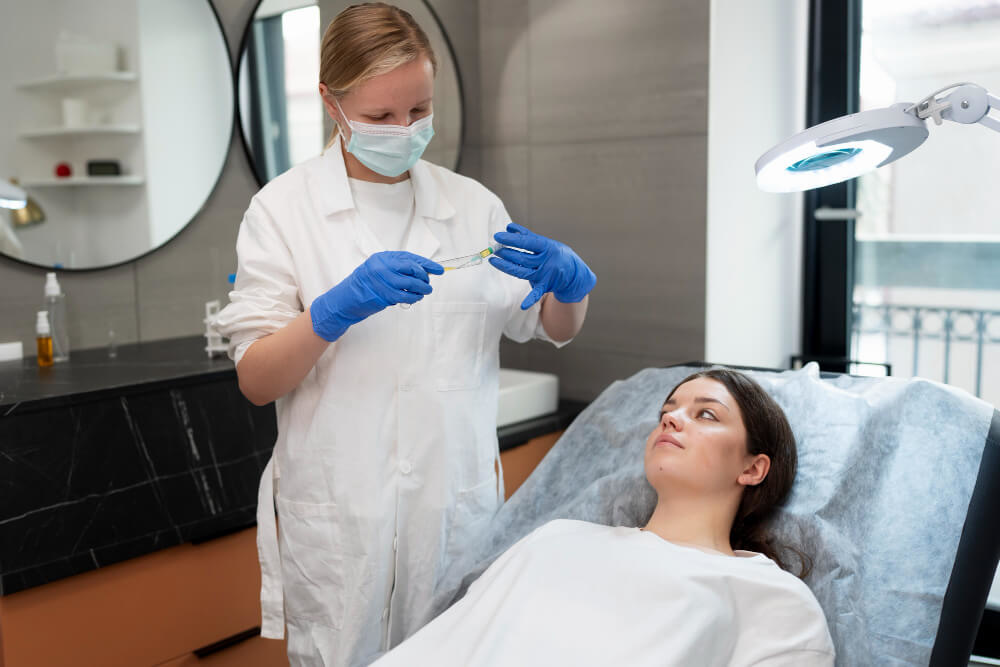
What does the education and training landscape look like?
As demand for these therapies grows, so does the need for high-quality education. A modern medical education is also adapting to this new paradigm, incorporating concepts that go beyond traditional pharmacology. This includes a growing emphasis on holistic patient care, such as providing a training course on de-prescribing to safely reduce a patient’s medication burden as their health improves through regenerative and functional approaches.
Leading academic institutions are at the forefront, offering specialized programs and driving research. The commitment to education in regenerative medicine at Stanford is a prime example of this dedication, fostering interdisciplinary collaboration to solve complex medical problems. Similarly, the pioneering work and education programs at Harvard’s stem cell institute are shaping the next generation of scientists and clinicians in this space.

Where can professionals and enthusiasts learn more?
Knowledge sharing is the lifeblood of scientific progress. The global regenerative medicine community connects through journals, societies, and international conferences. These events are critical for disseminating new research findings, debating ethical guidelines, and establishing best practices.
This global collaboration is showcased at major events where experts gather to share breakthroughs, like the annual World Stem Cell Summit, which brings together a diverse group of stakeholders from science, industry, and policy. In Europe, organizations such as the European Society of Gene & Cell Therapy play a vital role in advancing science and fostering collaboration across the continent. These platforms ensure that the field moves forward responsibly and cohesively.
Regenerative medicine is more than just a collection of new treatments. It is a fundamental change in how we view the human body and its potential for healing. It asks us to look beyond managing disease and to instead focus on creating health. By tapping into the body’s own remarkable blueprint for repair, we are standing at the edge of a new era in medicine, one that promises not just longer life, but a longer, healthier, and more functional healthspan.
Frequently Asked Questions

When should I start physical therapy after a regenerative medicine procedure?
The precise timing for starting physical therapy depends on the specific regenerative treatment you received and the area of the body being treated. Generally, a brief period of rest for a few days to a week is recommended to allow the initial inflammatory and healing response to begin undisturbed. Your healthcare provider will give you a specific timeline tailored to your procedure, such as PRP or stem cell therapy.
Following this initial rest phase, you will typically begin with very gentle, controlled movements guided by your physical therapist. The initial goals are to manage swelling, promote circulation, and maintain joint mobility without placing stress on the healing tissues. More active and strenuous exercises are then progressively integrated into your protocol as the new tissue matures and gains strength over the following weeks.

Will my physical therapy exercises be different after a regenerative medicine treatment?
Yes, your physical therapy protocol will be specifically modified to complement and enhance the regenerative process. In the early stages, the exercises are focused on protecting the injection site while stimulating the new cells to form healthy, organized tissue. This often involves an emphasis on controlled, low-load movements and avoiding activities that could disrupt the delicate healing environment.
As your recovery progresses, your therapist will introduce specific loading exercises, a concept known as mechanotherapy. This involves applying precise mechanical forces to the healing tissue to guide its development into a strong and functional structure, which is a key difference from more traditional PT protocols. This tailored approach ensures the new tissue repairs in a way that can withstand the future demands of your daily life and activities.

How does combining these treatments affect my overall recovery timeline?
Combining regenerative medicine with physical therapy is primarily aimed at improving the quality and durability of the tissue repair, which ultimately influences your recovery. While it may not dramatically shorten the initial recovery window, the synergistic approach helps ensure a more complete and resilient healing process. This means the goal is not just to reduce pain, but to fundamentally restore the integrity of the injured tissue for better long-term results.
This integrated strategy often leads to a more predictable recovery and can accelerate a patient’s return to full, unrestricted activity with a lower risk of re-injury. By addressing the injury at a cellular level with regenerative medicine and then guiding that new tissue with expert physical therapy, patients frequently achieve a higher level of function than they would with either treatment alone. Your progress will be closely monitored to ensure you are safely advancing toward a full recovery.
At Talking Longevity, we are dedicated to empowering healthcare professionals to be at the forefront of this revolution. Discover the most comprehensive functional medicine training, longevity training, and biohacking certification programs designed specifically for healthcare professionals, medics, and clinic owners who want to master regenerative medicine protocols and anti-aging therapies.




